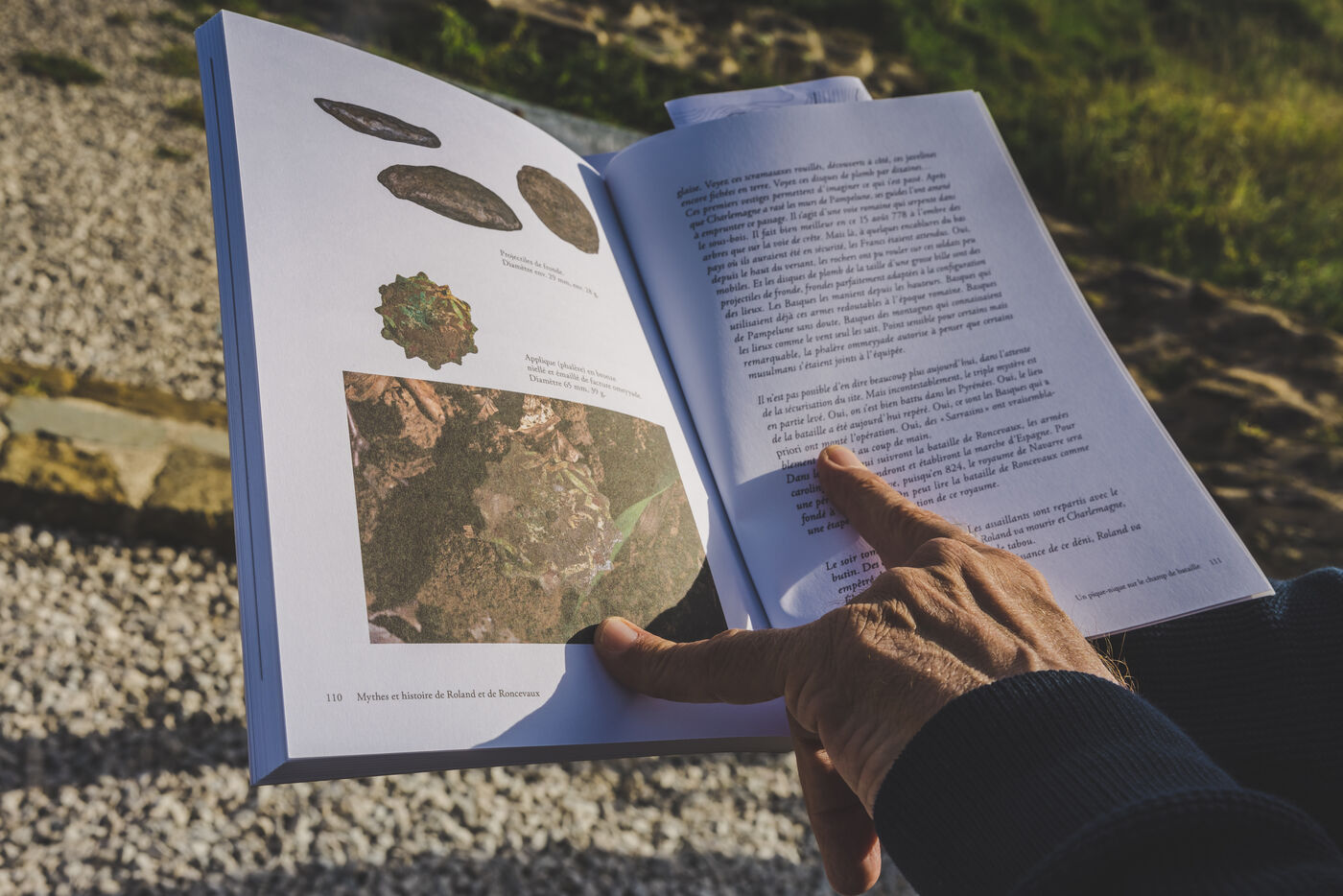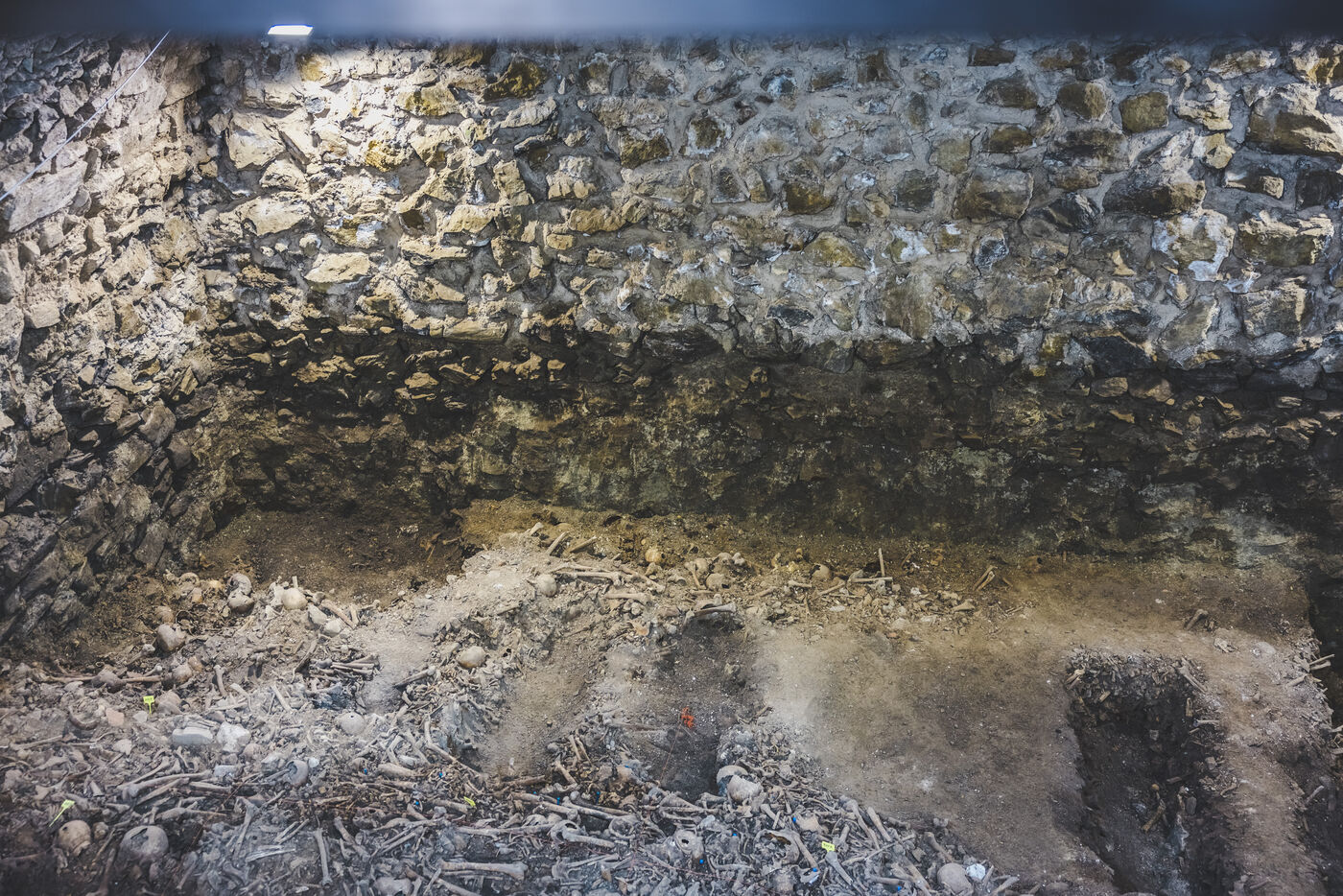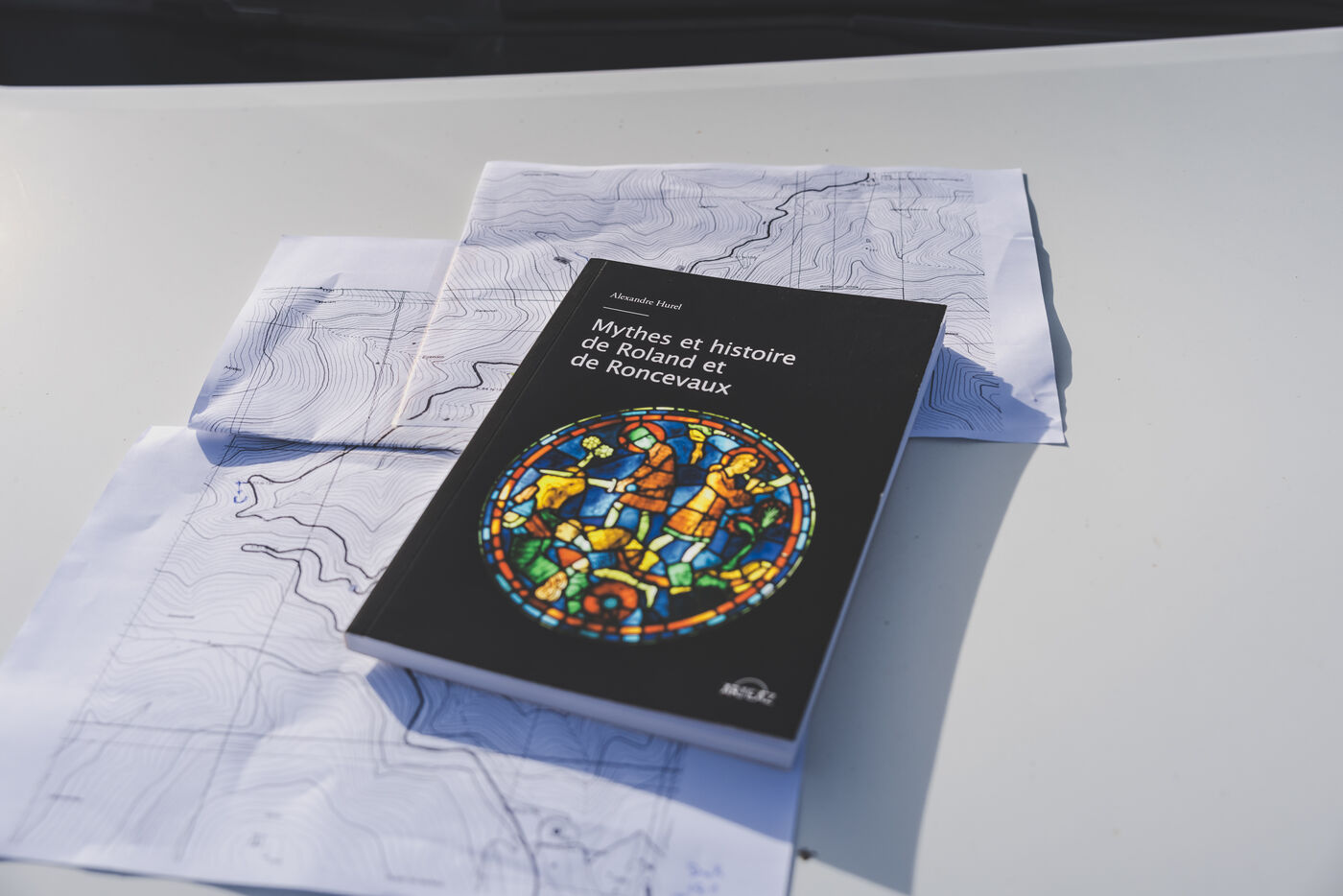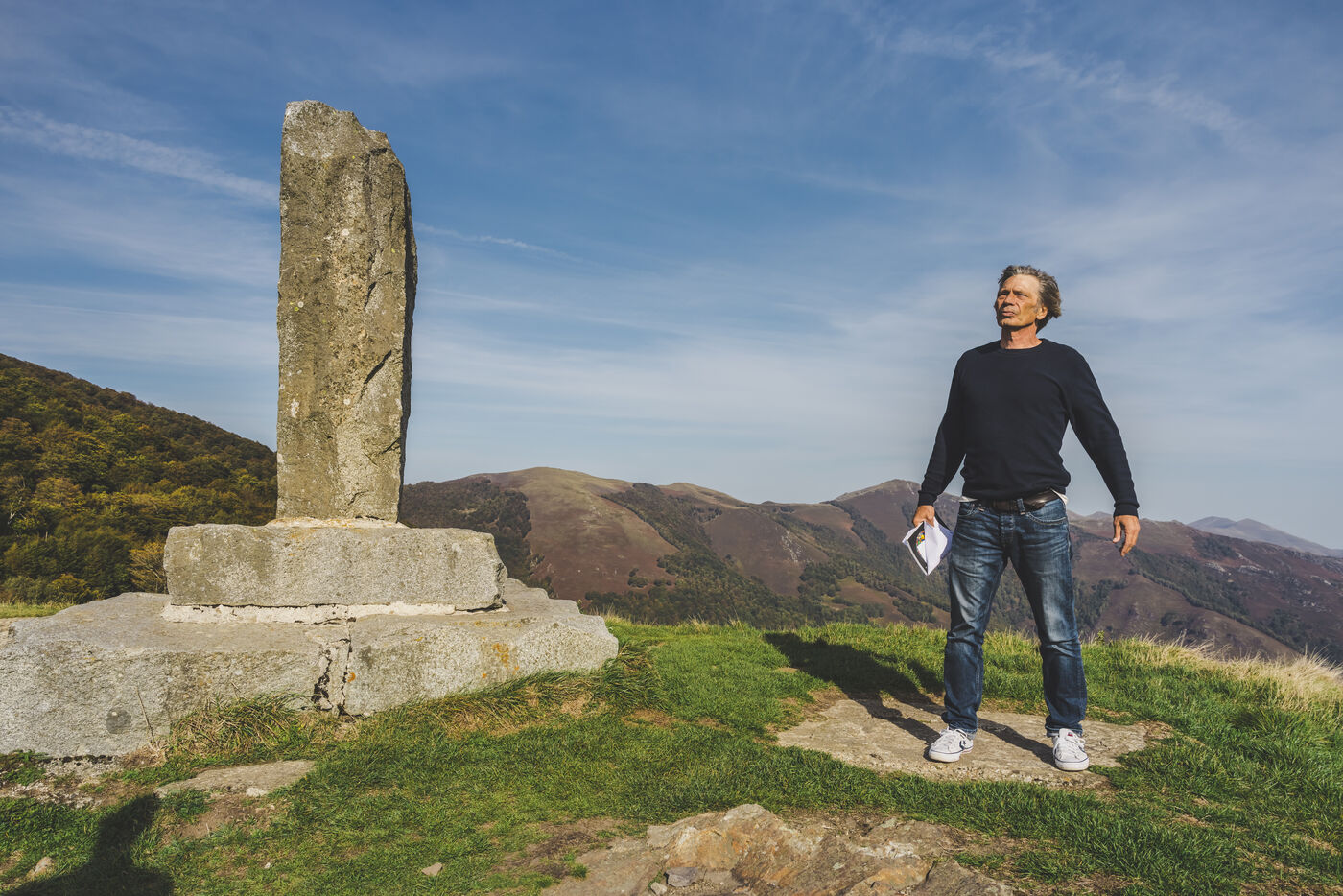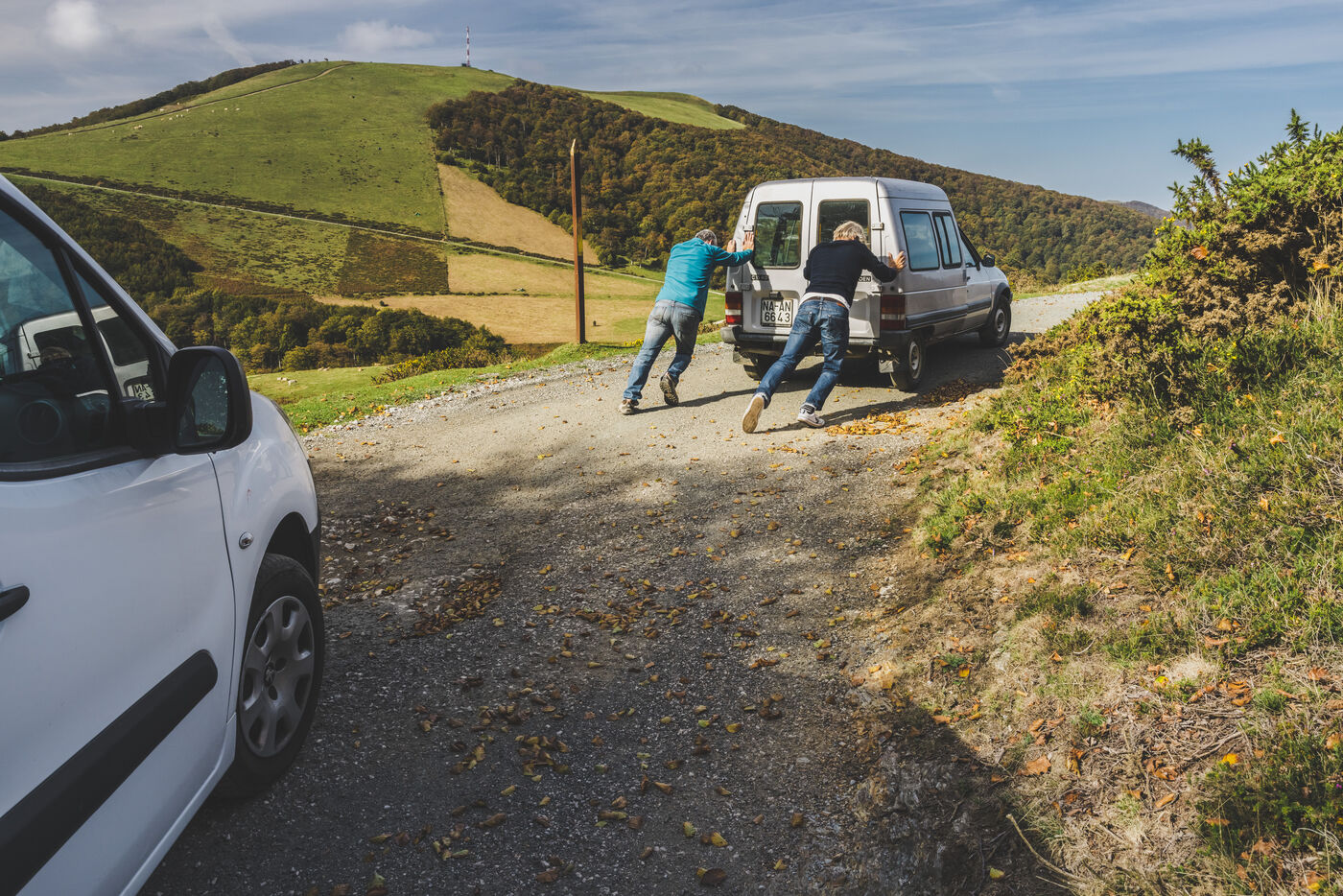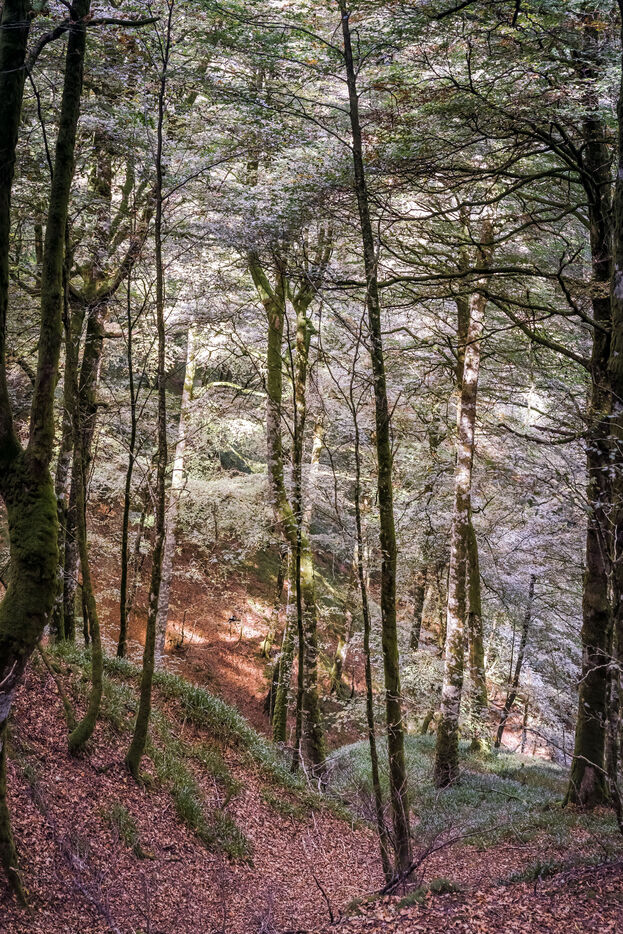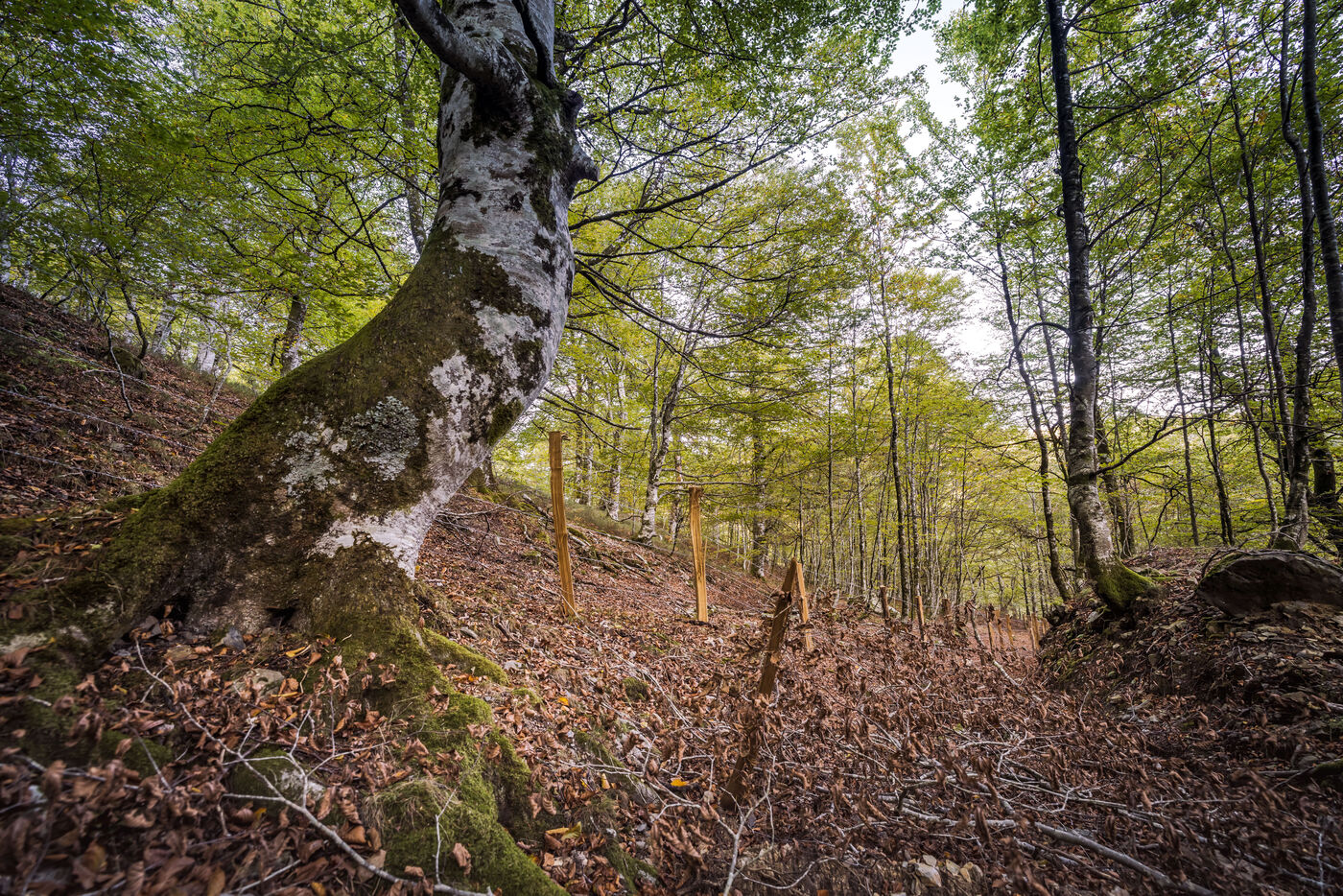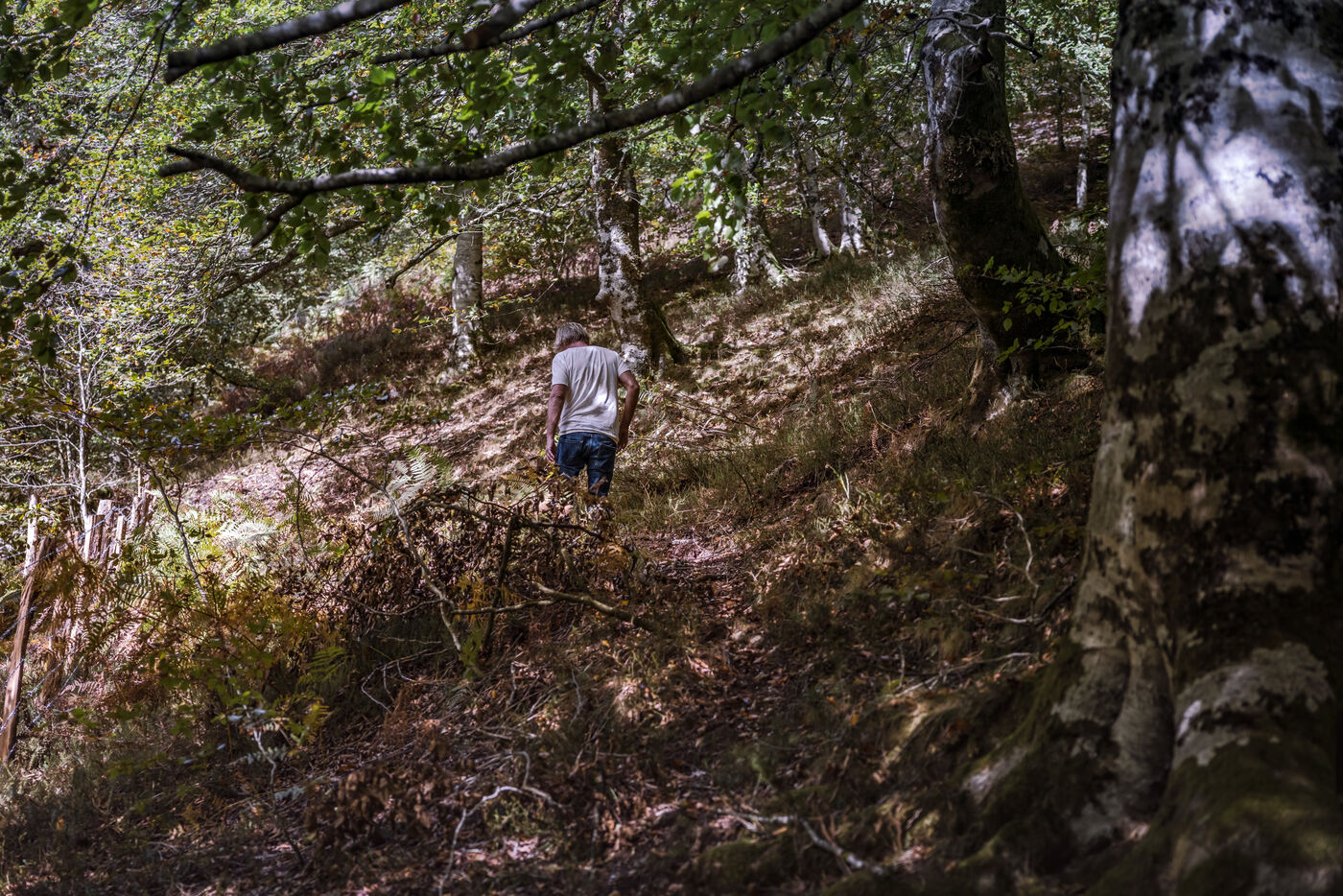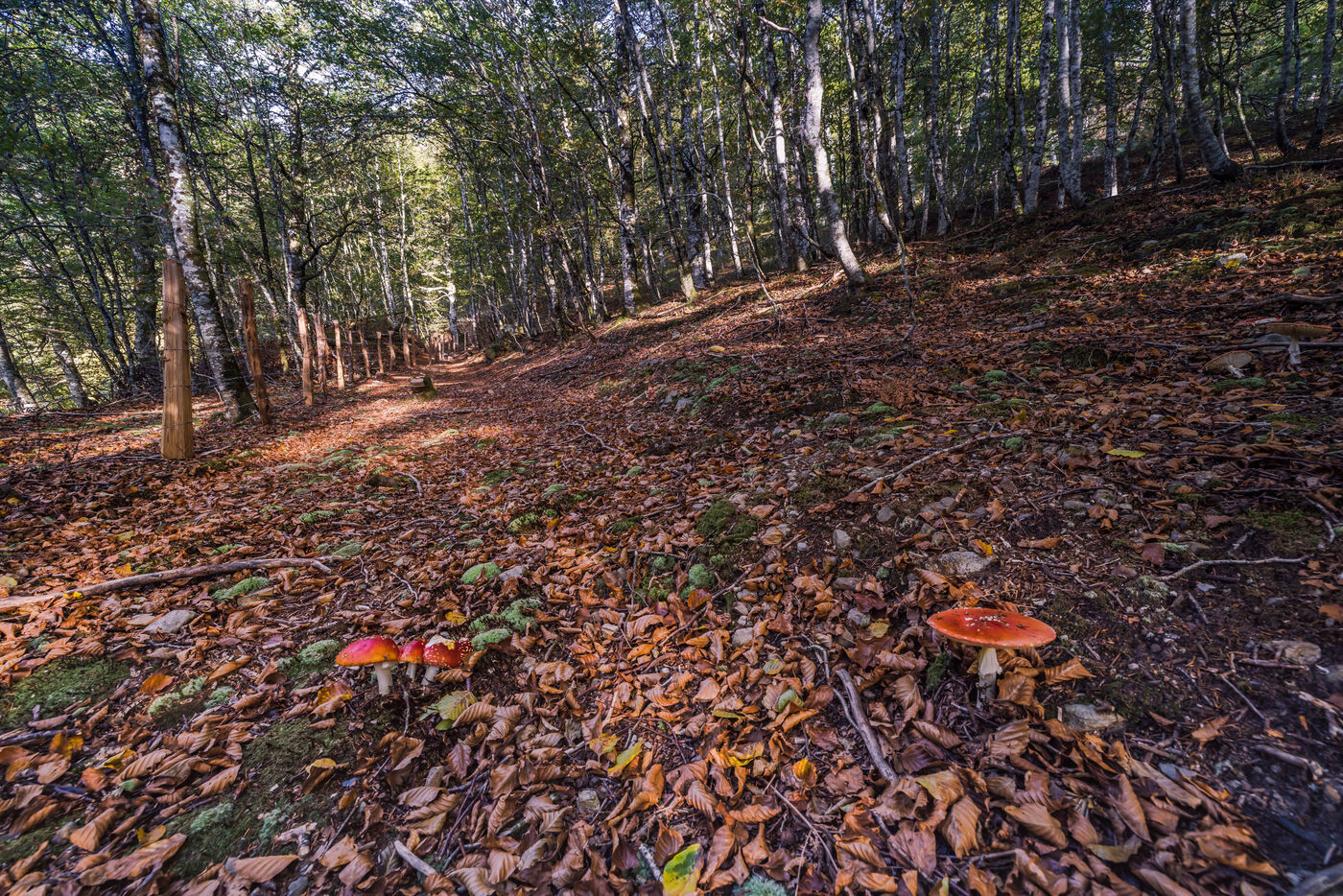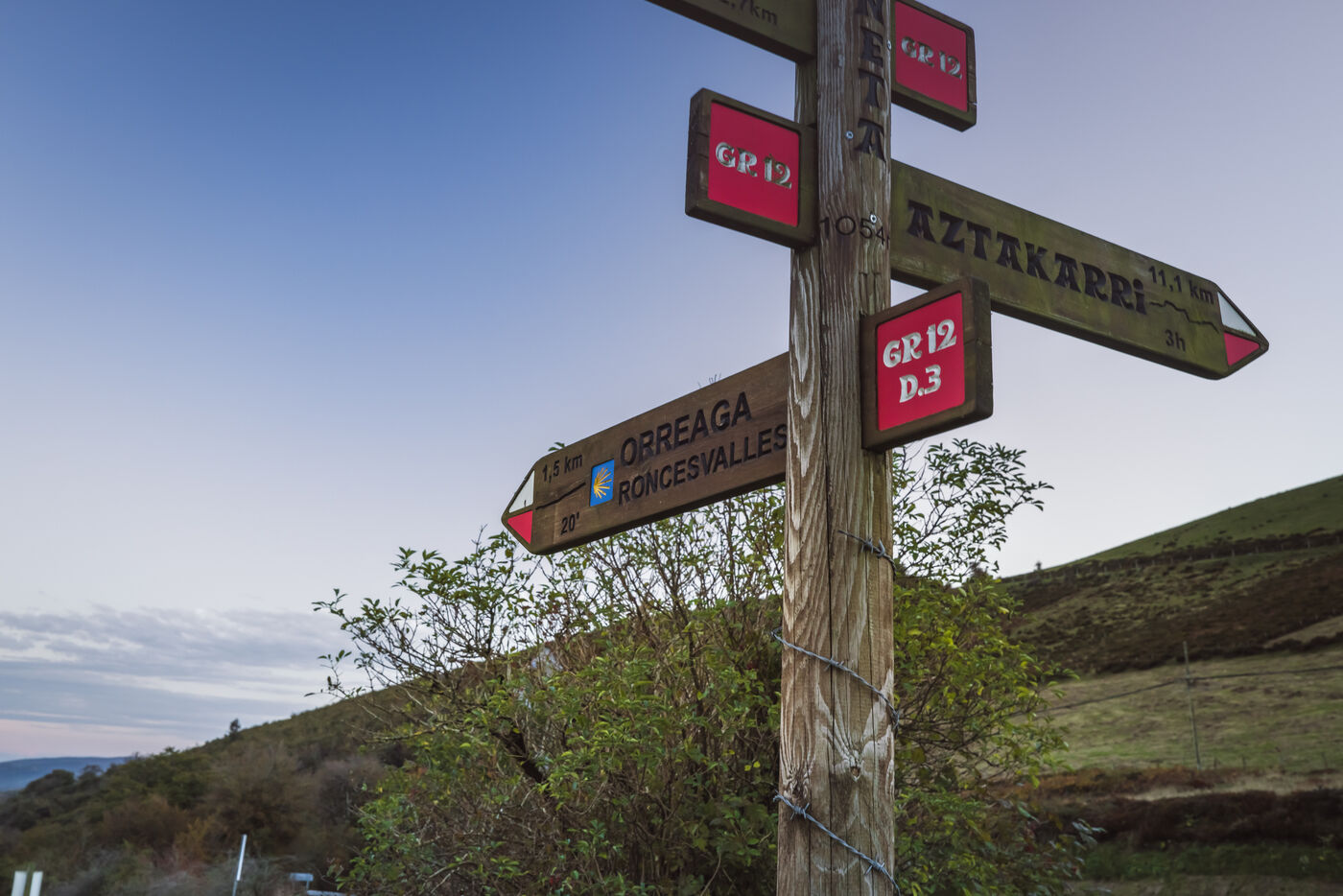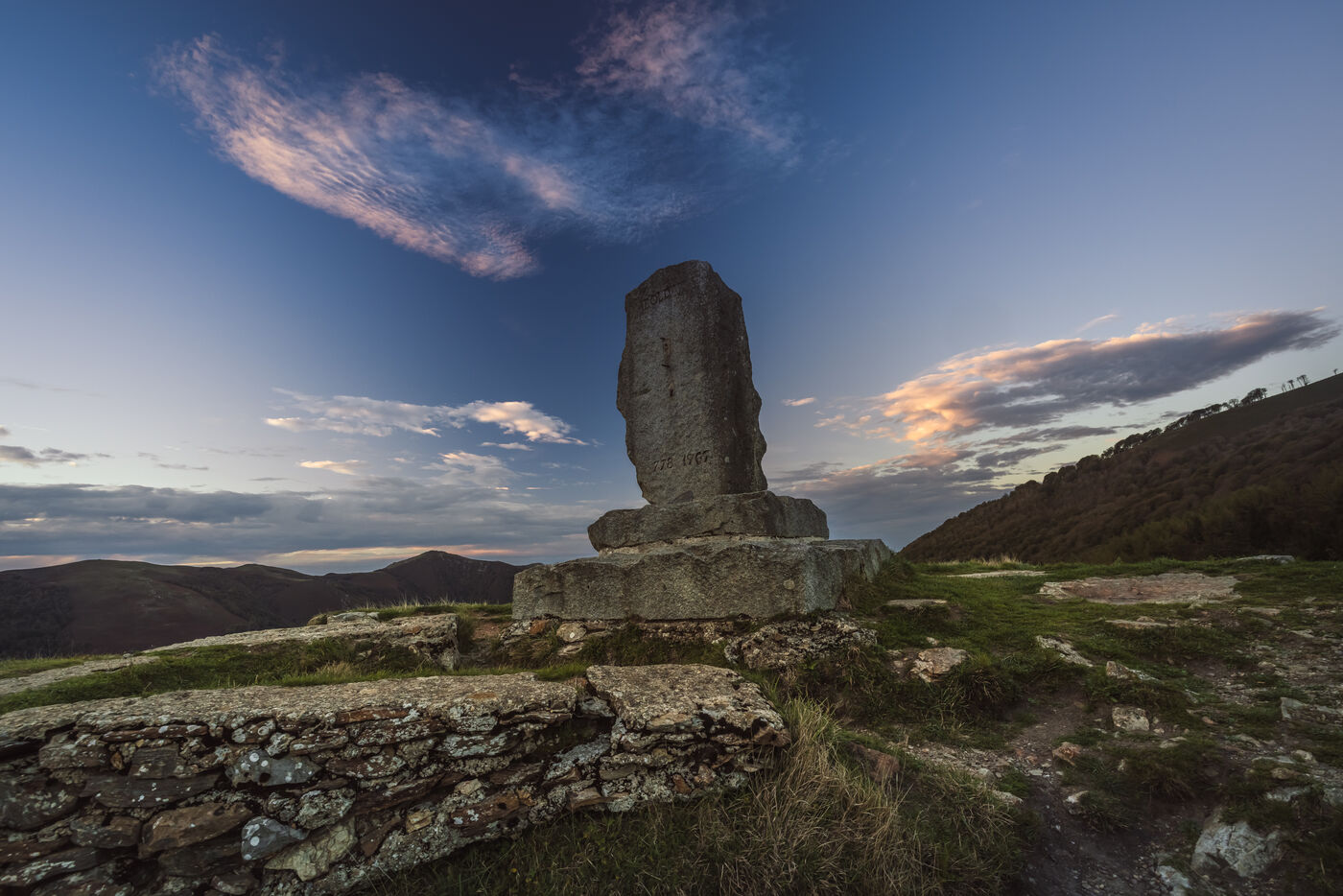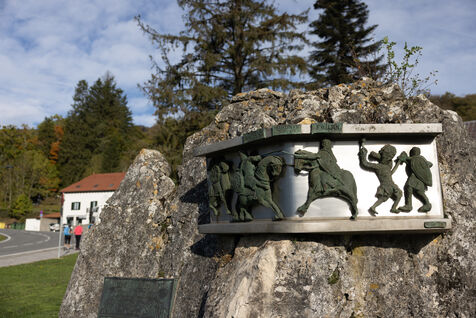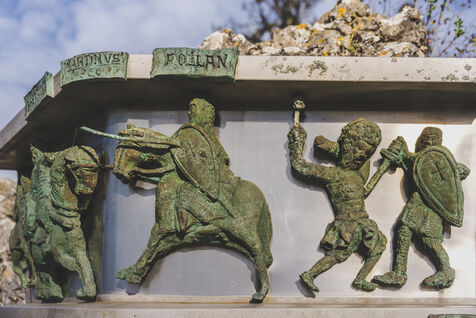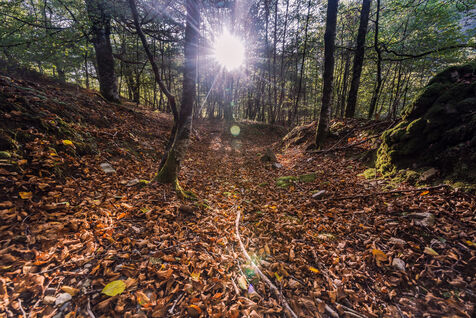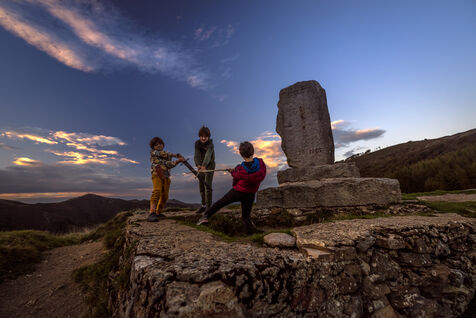SUR LES TRACES DE LA BATAILLE DE RONCEVAUX
Entre mythes et réalité, Alexandre Hurel, nous entraîne dans une quête historique sur les traces de la bataille de Roncevaux.
Au retour de son expédition destructrice à Pampelune, l'arrière-garde de l'armée de Charlemagne serait tombée dans une embuscade tendue par des soldats vascons en 778 dans les Pyrénées. Le chevalier Roland, à la tête de l'arrière-garde, périt au cours de la bataille. L'évènement a été rendu célèbre et mytifié par la Chanson de Roland, une chanson de geste composée au XIe siècle qui attribue faussement l'attaque aux Sarrasins. En effet, les agresseurs étaient vraisemblablement les ancêtres des Basques actuels, qui ont en fait une pierre angulaire de leur histoire nationale, de part et d'autre de la frontière des Pyrénées. Le lieu exact de la bataille demeure incertain même si un mémorial rappelant la légende de Roland s'élève dans le village actuel de Roncevaux, sur le versant espagnol.
Dans son ouvrage,"Mythes et histoire de Roland et de Roncevaux", Alexandre Hurel, tente de démontrer que la bataille n'est pas une simple légende et qu'il est possible d'en déterminer le lieu exact avec une assurance raisonnable. Par ailleurs, il étaye l'hypothèse que c'est finalement peut-être, ensemble, au cours d'une coalition de circonstance, que les troupes Vasconnes, appuyées par quelques éléments Sarrasins, auraient défait l'arrière-garde de Charlemagne.
Quelque soit la vérité historique, le mythe est toujours vivant comme en témoigne cette photo de ces trois enfants espagnols jouant à la battaille de Roland au pied du monument dédié à ce chevalier sur le col de Ibañeta.
Photos prises en octobre 2022 pour un reportage écrit par le reporter Patrice-Tesseire Dufour et paru dans le hors-série histoire 2023 de Pyrénées Magazine.
IN THE FOOTSTEPS OF RONCESVALLES BATTLE
Between myth and reality, Alexandre Hurel invites us to share his historical quest in the footsteps of the Battle of Roncesvalles.
Upon returning from their destructive expedition to Pamplona, the rearguard of Charlemagne's army is said to have been ambushed by Vascon soldiers in the Pyrenees in 778. The knight Roldan leading the rearguard, perished in the battle. The event was made famous and mytified by the Chanson de Roland, an 11th-century chanson de geste that falsely attributes the attack to the Saracens. In fact, the attackers were probably the ancestors of today's Basques, who have made the battle a cornerstone of their national history on both sides of the Pyrenees border. The exact location of the battle remains uncertain, although a memorial to the legend of Roland stands in the present-day village of Roncesvalles, on the Spanish side.
In his book "Myths and history of Roldan and Roncesvalles", Alexandre Hurel attempts to demonstrate that the battle is no a sole legend, and that its exact location can be determined with reasonable certainty. In addition, he supports the hypothesis that it may well have been a coalition of circumstance in which the Vascon troops, supported by a few Saracen elements, defeated Charlemagne's rearguard.
whatever the historic truth is, the myth is still alive, as shown by this photo of three Spanish children playing Roland battle at the foot of the monument on the Ibañeta pass lauding the knight Roldan.
Photos taken in October 2022 for a report written by reporter Patrice-Tesseire Dufour and published in the 2023 special history issue of Pyrénées Magazine.

